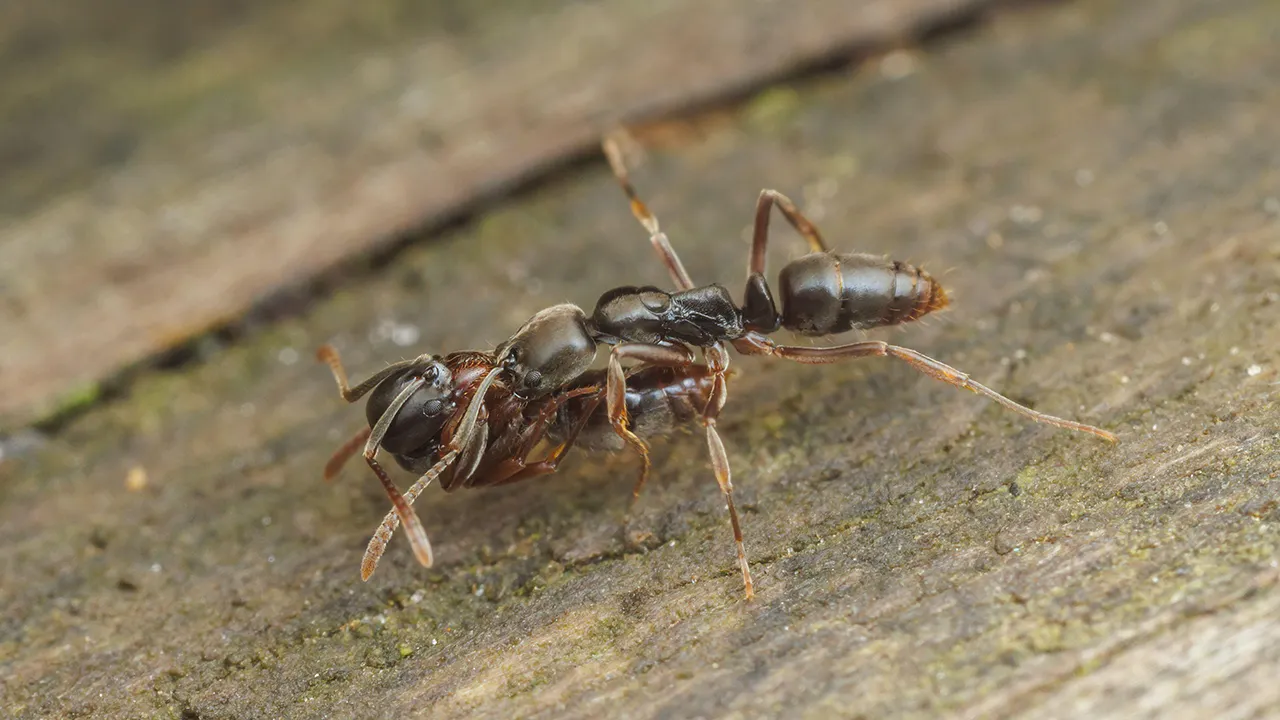Asian needle ants pose health risk across America, sting sends some to hospital

An invasive species known as the Asian needle ant has been spreading across America, creating a “medically important” and “life-threatening” threat, according to experts. Originally hailing from places like China and Korea, this ant species was first introduced to the United States in the 1930s. However, it remained largely unnoticed for nearly a century, until recently.
Dan Suiter, a Georgia-based entomologist and professor of urban entomology at the University of Georgia, highlighted the lack of attention given to the Asian needle ant over the years. “It never really garnered a lot of attention,” Suiter told Fox News Digital.
The Asian needle ant has now made its way to 19 U.S. states, with reported cases of its bites sending three individuals to the hospital with anaphylactic shock last year. While the species has primarily spread to southeastern states, researchers have also identified its presence in Washington. There is a report from Texas as well, although it still requires verification, as per antmaps.org.
“This is something I thought needed to be brought to people’s attention because it’s just a hidden little critter,” Suiter explained. “You know, it’s down in the leaf litter. It’s in shaded areas with hardwood trees.”
The U.S. Forest Service emphasized in a research report that the sting of the Asian needle ant is particularly concerning. “The sting … it’s odd,” Suiter shared. “I’ve been stung by it … the pain will go away and then it comes back … there have been cases where the pain will come back days later.”
While only three cases were attributed to the Asian needle ant last year, Suiter noted that there could be more instances that have gone unrecognized. “I suspect there are people who have shown up in emergency rooms where physicians just didn’t know what happened … and it was an ant sting,” he said.
Unlike most ants that follow a trail, the Asian needle ant tends to roam alone and is primarily predatory in nature. “It’s a cryptic ant,” Suiter described. “You’ll just see a single ant kind of wandering around, almost looking lost.”
The invasive ant species nests under logs, stones, and leaf litter in undisturbed forests, and has the ability to displace native ant populations critical for seed dispersal, which can have detrimental effects on the environment.
If stung by an Asian needle ant, individuals who are hypersensitive to other stinging insects may be at higher risk of experiencing anaphylaxis and should exercise caution. It is recommended to collect the insect if possible and bring it with you when seeking medical treatment to confirm the cause.
For those who suspect encountering the Asian needle ant but have not been stung, reaching out to local county extension agents can provide resources for bug identification and further assistance.
The spread of the Asian needle ant across America serves as a reminder of the importance of monitoring and addressing invasive species to protect both human health and the environment.




